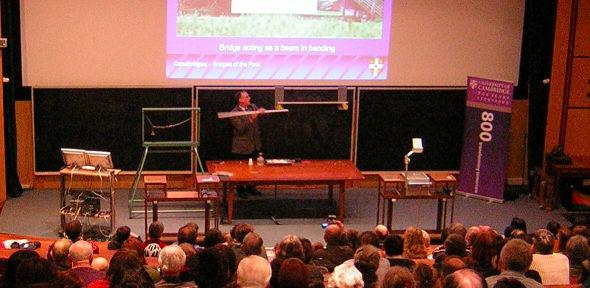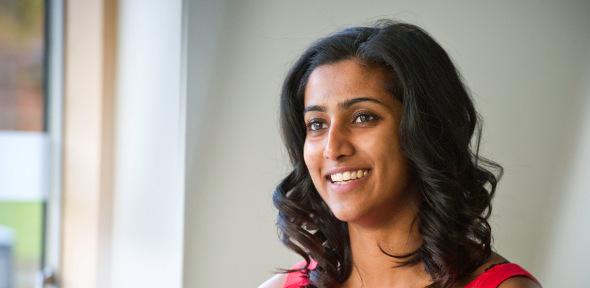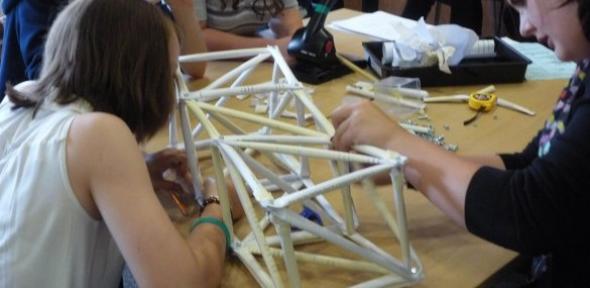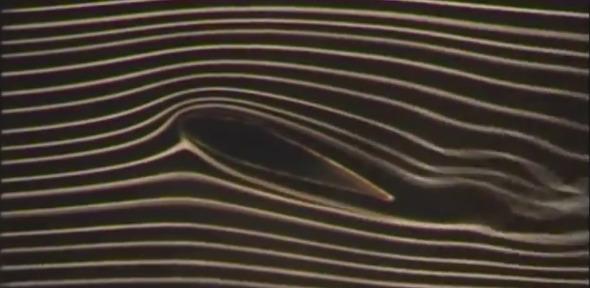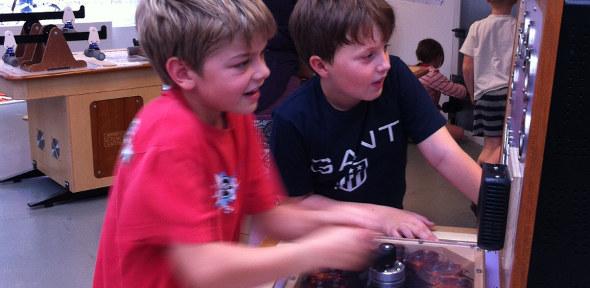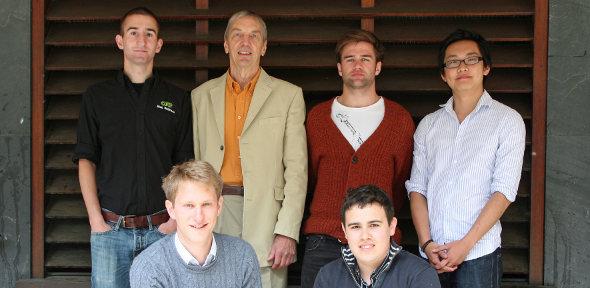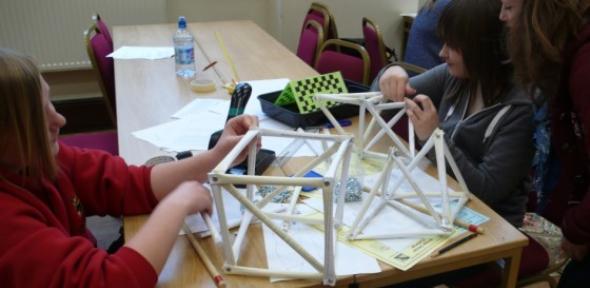As an engineer myself, I know just how much the feel of building things inspires people.
Dr Chris Lennard, CEO of the Cambridge Science Centre
Pioneers from the Department of Engineering are amongst the experts presenting a new programme of innovation at the Centre's 'Build It!' exhibition which celebrates hands-on engineering.
Visitors - adults and children alike - can drop-by to explore 10 new exhibits, meet developers of innovative technology from around Cambridge and get hands-on by building intriguing devices and fascinating machines.
Many of the workshops and exhibits will help visitors come up with designs they might want to try out at the spectacular 'Chain Reaction' event in early November.
Since opening earlier this year, the Science Centre in Jesus Lane has had over 10,000 visitors - significantly more than projected. The 'Build It!' exhibition is a major update to the exhibition floor.
Dr Chris Lennard, CEO of the Cambridge Science Centre, said: "As an engineer myself, I know just how much the feel of building things inspires people. We have a very supportive space where families can drop by to learn some engineering principles and try out creative designs of their own.
"In addition to our engineering themed exhibits and workshops, the summer programme is packed with special events hosted by researchers and local companies, a great reminder of the fantastic developments happening right here on our doorstep."
Included in the summer programme are:-
Meet the Innovators: Want to know how to build great machines, gadgets and buildings? Over the summer the centre will showcase a number of local companies and researchers who will exhibit their work and explain the science behind it. Organisations presenting during the summer include the Department of Engineering, the Cambridge Eco Racing team, ARM, Mathworks, Microsoft Research and more.
Robo Building: Have you ever wondered how you control the way a robot moves? How a robot balances itself or follows a line? How a quad-copter flies in a straight line? The Centre will be running special workshops on robotics. These two-hour sessions will be a chance to get involved in building some amazing robotic creations with experts. Some of these robots might even get to feature in the Science Centre's 'Chain Reaction' spectacular in November.
Paint A Circuit: Make your own interactive greeting card with no wires! Discover how, with some special liquid-metal ink you can make your own simple electronic card with a flashing light.
Catch the Burglar: Build a security system to protect your treasure! Can you engineer a switch to sound the alarm when burglars try to break in? Then try being the burglar. Can your team make off with the jewels?
The 'Build It!' workshops and events lead up to the Centre's annual Chain Reaction event to be held on November 9 at the Cambridge Corn Exchange. Now in its third year, this popular event will see families and school groups building a massive chain of crazy interlinked contraptions nearly 100m long.
This year's Chain Reaction event will also include a special performance of the Crisp Packet Fireworks show by the Naked Scientists.
Further details about 'Build It!' exhibition and the 'Chain Reaction' event can be found at www.cambridgesciencecentre.org.
